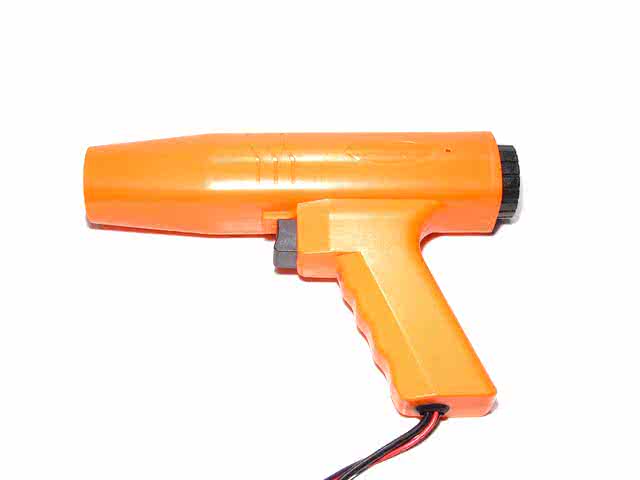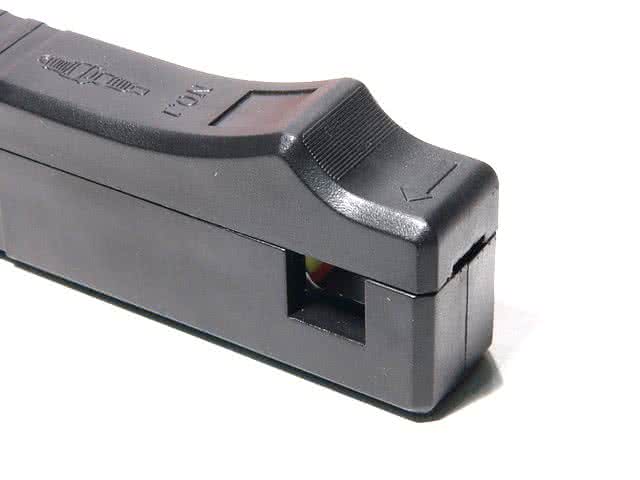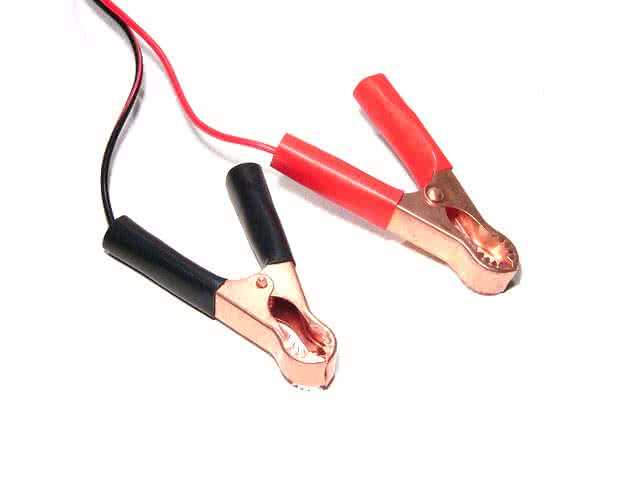Adjust Vespa ignition
A precisely set ignition timing is extremely important for a long engine life and optimal engine performance. The components crankshaft, flywheel, and ignition base plate form a common unit when adjusting the ignition timing.
If only one of these components is replaced, the ignition timing may already change due to manufacturing tolerances. That is why adjusting the ignition timing is a fundamental adjustment task for the Vespa.
The ignition is adjusted by first setting precise markings and then checking the ignition timing using the self-made markings and a timing light.
Tools Needed to Adjust the Ignition Timing:
- Piston stopper
- Degree disc
- Tape measure
- Felt-tip pen
- Timing light
Setting Markings on the Flywheel:
- Remove the flywheel cover and cylinder head (the latter is additionally secured with a screw on the back).
- At any point on the upper part of the flywheel, make a first marking using a pen.
- Screw in the piston stopper and gently turn the flywheel to the left until the piston rests against the piston stopper.
- Make a marking on the flywheel at the point where the (previously made) marking on the housing is located.
- Now gently turn the flywheel to the right until the piston is stopped again.
- Make a second marking on the flywheel at the point where the (previously made) marking on the housing is located.
- The piston stopper has fulfilled its duty and is unscrewed.
- To determine the TDC (top dead center), i.e., the point where the piston in the cylinder is at its highest, place a tape measure around the flywheel between the two markings.
- The midpoint between the two markings represents the TDC (i.e., 0°). Make a third marking on the flywheel exactly at that point.
- Mount the degree disc on the crankshaft stub and align it so that the "0" value on the degree disc aligns directly with the marking for the top dead center.
- Turn the flywheel to the left until the desired value (e.g., 17°) on the degree disc aligns with the only marking on the engine housing.
- Make a second marking on the engine housing at the point where the degree disc now reads 0°. This second marking is the decisive marking. It can, for example, be lightly scratched to make it more recognizable (the pen doesn't last forever).
With this method, both the TDC and any position of TDC are determined.
Creating markings is the basis of a correctly adjusted ignition.
Checking the Ignition:
- Attach the clamp of the timing light to the spark plug connector
- Aim the timing light pistol at the 0° TDC marking set on the engine housing
- Start the engine and operate the timing light. If the ignition timing is correct and the light flashes at the right moment, then the marking on the engine housing and the flywheel marking for the desired TDC value are directly next to each other. If the two markings are not next to each other, then the ignition timing is too early or too late.
Note: Due to the risk of overheating, the engine should only run without the flywheel cover for as long as necessary.
Notes on Adjustable Ignitions
The ignition timing should also be checked at high engine speeds. Various sport ignitions such as the VMC ignition have a variable adjustment of the ignition timing, which changes the ignition timing depending on the engine speed.



Official Specifications for Ignition Timing:
| Vespa PK 50 | 17° BTDC |
| Vespa V50 | 19° BTDC |
| Vespa PX 125 | 17° BTDC |
| Vespa PX 200 | 23° BTDC |
Adjusting the Ignition Timing:
If the ignition timing is not set as desired, it can be changed as follows.
To do this, remove the flywheel and loosen the 3 screws of the ignition base plate that fix it to the engine housing.
By turning the ignition base plate counterclockwise, the ignition timing is set to early ignition (i.e., more ° BTDC). Conversely, if the ignition base plate is turned clockwise, the ignition timing is set to late (i.e., less ° BTDC).
After fixing the 3 screws and (firmly) mounting the flywheel (don't forget the woodruff key), a new check is performed.
Note
An early ignition timing provides more power in the lower RPM range but thermally stresses the engine more at high RPM. By adjusting the ignition timing towards late, the engine can be thermally relieved (an exception are completely misadjusted ignitions).
